Air New Zealand is buying 76 electric light vehicles, including 36 $80,000-plus BMW i3 cars for its sales force.
The airline says the switch to electric will save around 65,000 litres of fuel per year and it's creating what's believed to be the leading corporate electric vehicle fleet in New Zealand.
The BMW i3 was named New Zealand Car of the Year for 2015 and as well as being electric, it features a sustainable design with much of its interior and body made from the same carbon fibre as the fuselage of Air New Zealand's Boeing 787-9 Dreamliner fleet. They have a sticker price of $84,000 although the airline is likely to have got a fleet discount.
The airline is also purchasing 12 Mitsubishi Outlander plug-in hybrids for longer range trips and 28 Renault Kangoo Maxi ZE 100 per cent electric vans for use at airports. The Kangoo is not currently available in New Zealand making Air New Zealand the first local customer for this vehicle.
Air New Zealand chief executive officer Christopher Luxon says the fleet transition forms part of the airline's commitment to sustainability and carbon reduction across the business.
Related Content

Air NZ moves to electric car fleet

BMW i-cars production line
"Taking a leadership position in carbon management and reducing our emissions is a significant goal for us under our Sustainability Framework. We recognise the opportunity electric vehicles present both for New Zealand and our airline and we are making the most of the country's renewable electricity supply by transitioning our ground fleet off fossil fuels where we're able to."
The Air New Zealand fleet purchase is a signifcant boost for the electric vehicle sector here. Just over 1000 plug-ins have been sold here.
Transport Minister Simon Bridges said he was "incredibly excited" about the opportunities they provide for New Zealand.
"It's clear that EVs are the future and it's great companies like Air New Zealand recognise this. The benefits of increasing uptake of EVs are far-reaching. They reduce our reliance on imported fossil fuels, reduce fuel cost and enhance the efficiency of our renewable electricity networks."
The airline will get the first of its new electric vehicles later this month and aims to complete the fleet transition by the end of the year.
In addition to the introduction of electric vehicles, the airline has begun installing charging points at its key car parking sites to support the new vehicles. This is in addition to the charge points already installed at a number of the airline's customer parking facilities.
The airline is also changing over its airport ground service equipment to electric including golf carts and tractors. Where electric options don't currently exist the airline is working with Z Energy to purchase bio-diesel from its site under development in Wiri.
Grant Bradley
Aviation, tourism and energy writer for the Business Herald
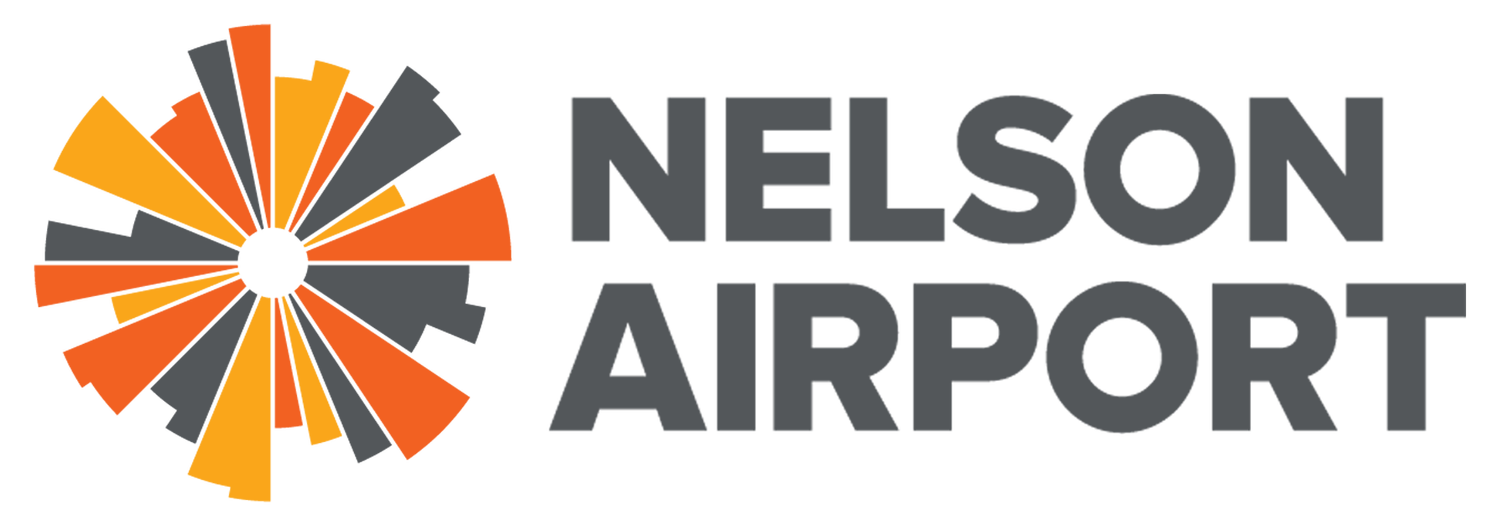


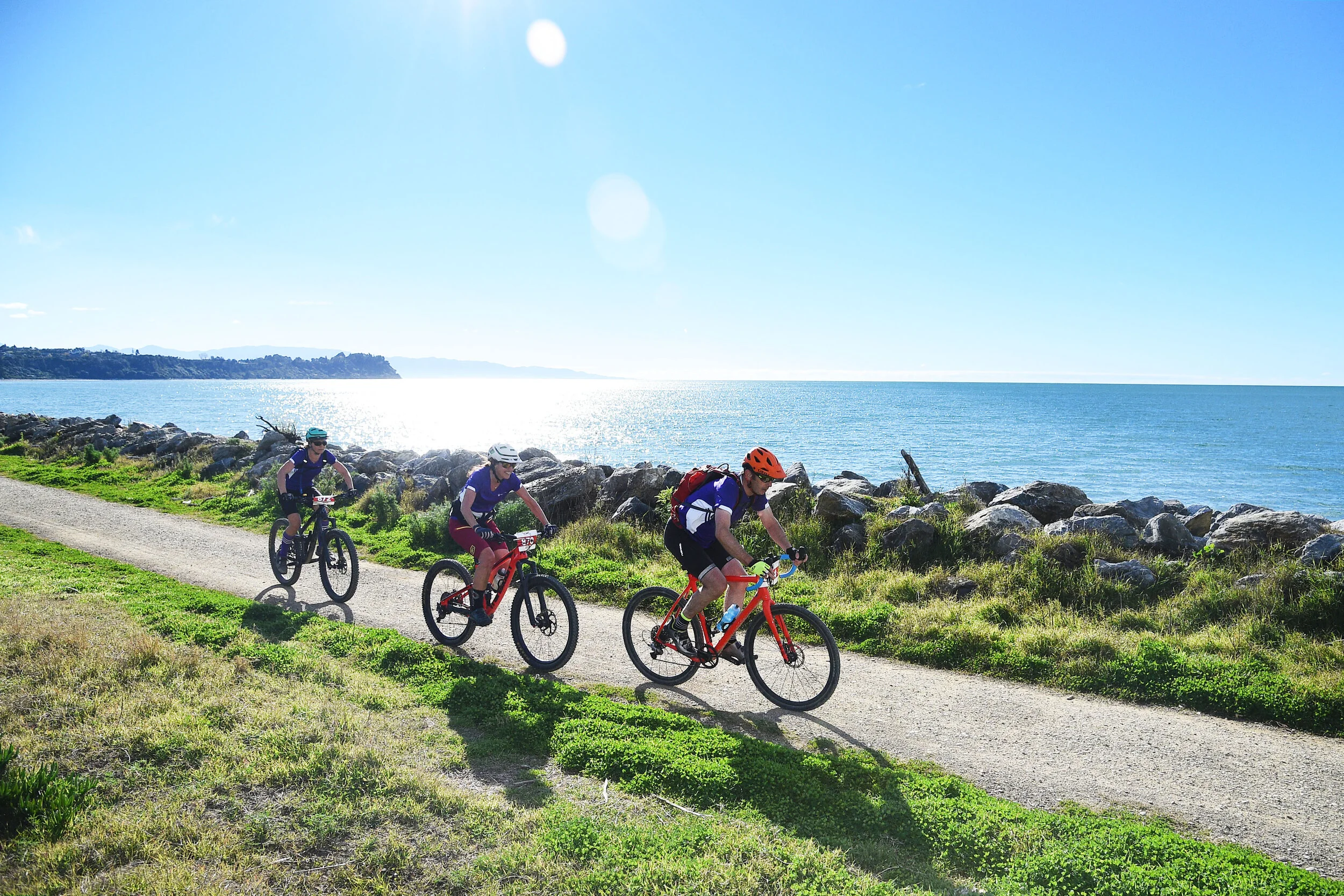


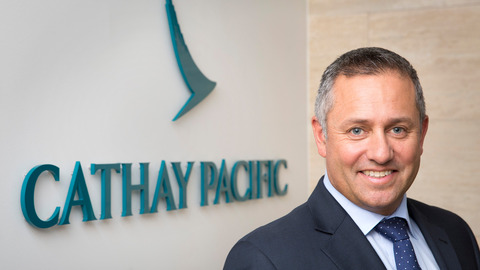 Cathay Pacific has a strategic agreement with Air New Zealand for flights between Auckland and Hong Kong.
Cathay Pacific has a strategic agreement with Air New Zealand for flights between Auckland and Hong Kong.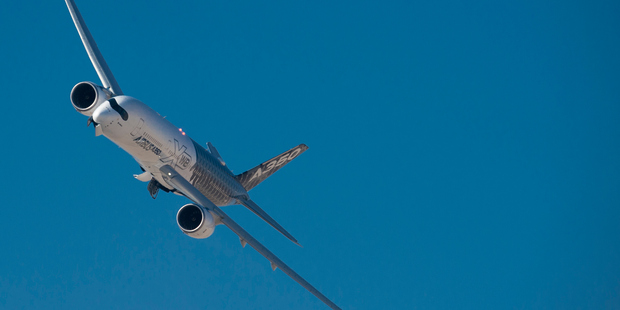

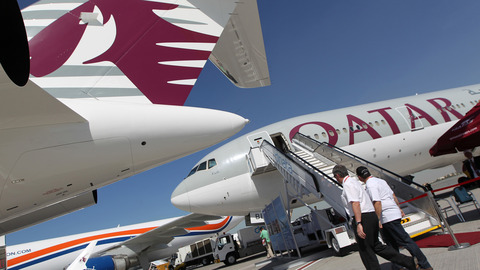
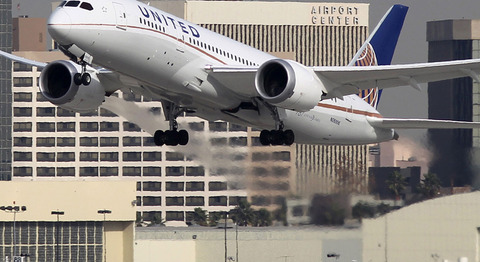







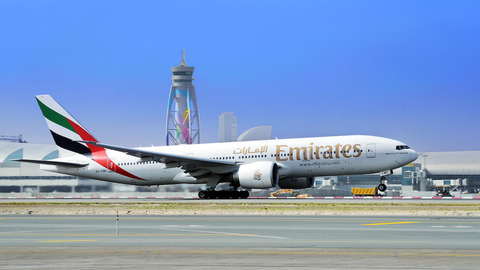

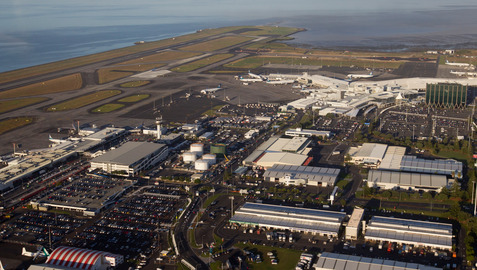
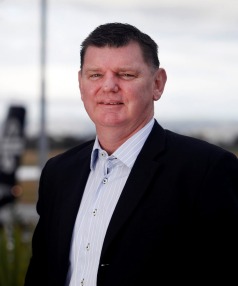




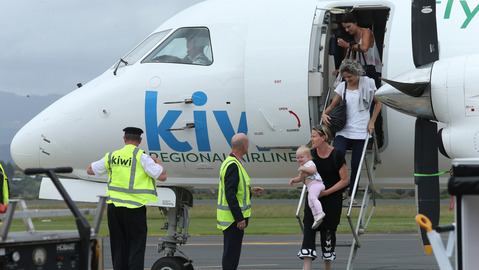
 The St George Illawarra Dragons have arrived into Nelson early ahead of Saturday's preseason match against the New Zealand Warriors, hoping the five-day "bonding" camp in the top of the south will help build better team cohesion ahead of the NRL.
The St George Illawarra Dragons have arrived into Nelson early ahead of Saturday's preseason match against the New Zealand Warriors, hoping the five-day "bonding" camp in the top of the south will help build better team cohesion ahead of the NRL.